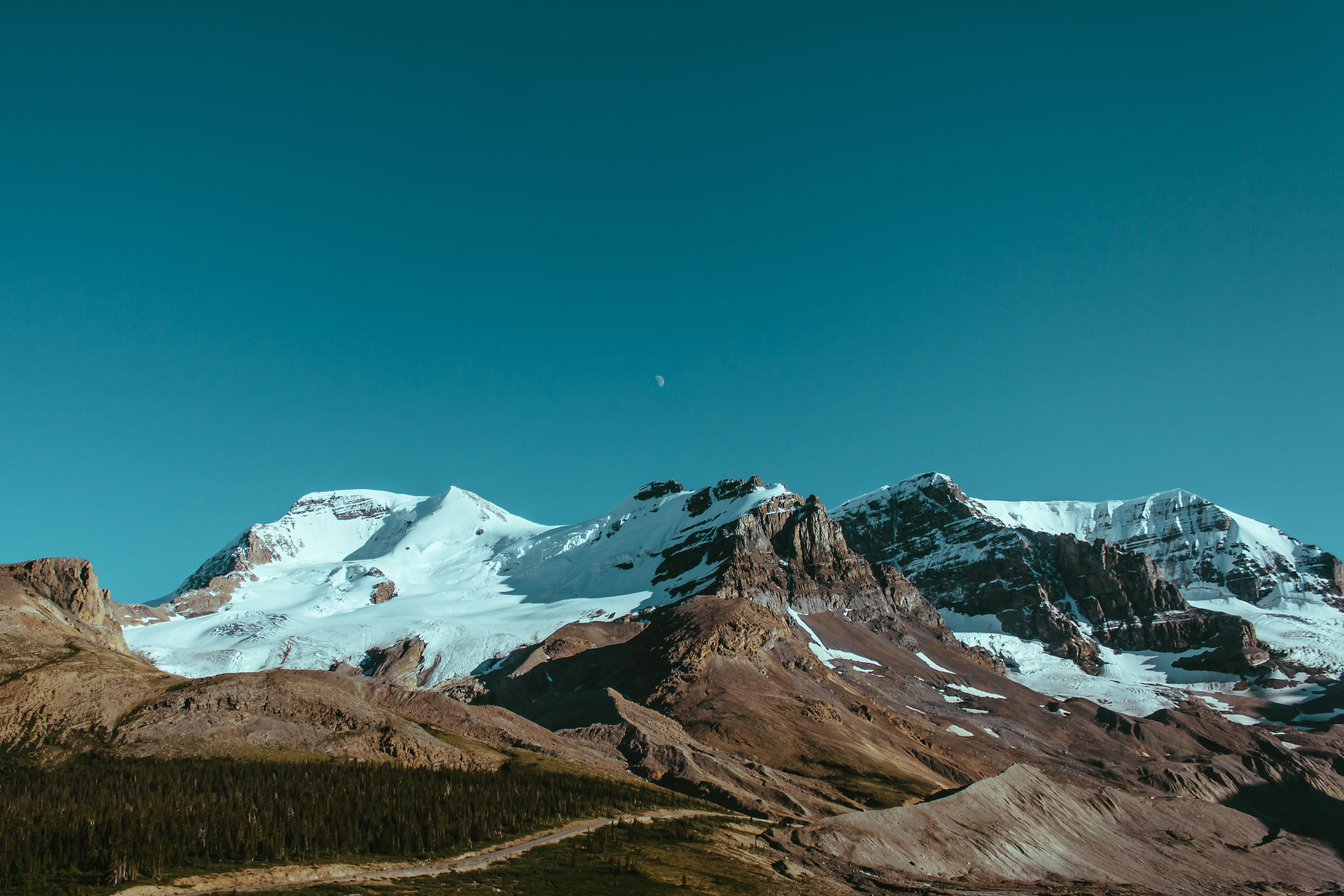Fertilizing Your Plants in 15 minutes or Less
- Mary Claire McCarthy

- Feb 13, 2019
- 3 min read
As I said last week, watering, sunlight and nutrients are key parts of keeping your plants alive. I learned that the hard way. I did a good job with the first two criteria but boy, did I completely forget about the third. Some of my plants had gone years without any fertilizer. I remember one time an agriculture professor of mine said that when you forget to fertilize, you are literally starving your plants. Just like us, they need breakfast, lunch and dinner. Well, maybe not that frequent, but you get my drift.
Well-fed plants will be healthier, more beautiful and more productive all around. You’ll notice quicker growth and more flowers, to boot. The reason plants need to be fertilized is because over time the natural nutrients in the soil are depleted as the plants grows. Often times, low-quality soil will only have the bare minimum to begin with, so your plants will run through the “good stuff” in no time. That is why it's important to buy good soil from the very beginning. You'll end up saving money in the long run and are placing your plants at an optimum kick-off point. I suggest Happy Frog Potting Soil. It’s amended with soil microbes (little organisms that slow-release nutrients into the soil), which improves root efficiency and helps fortify your plants against dry stretches, funguses and frost. Also, it’s an organic soil filled with earthworm castings, bat guano and aged forest product, so it's chocked full of nutrition and should keep you from having to fertilize as often. Speaking of fertilizer...
Your choice of fertilizer depends on what you want from your plant. Is it a leafy plant with beautiful foliage like the Calathea? Is a flowering plant like the African violet? Or maybe you're trying something completely different and growing vegetables and herbs? Each of these suggestions represent some of the biggest fertilizer uses. Foliage. Flowers and fruits. Fungus, bacteria and pesticide resilience. The chemical makeup of the fertilizer will target some of these categories over others, while all-purpose fertilizers will cover them all.

So, what is in fertilizers, you ask? Mostly three things! Nitrogen, phosphorus and potassium.
Nitrogen gives your plants the shiny, vivid green coloring and vibrancy.
Phosphorus promotes root growth, fruit development and flower growth.
Potassium fortifies your plant against diseases and is important for vitality and general vigor.
These three components are often called the N-P-K ratio, which is the three numbers you’ll see on most fertilizers. It’ll look like 10-10-10 or 2-4-3. Nitrogen is vital for photosynthesis and for leafy plants like Philodendrons and Dieffenbachia because... you guess it. It promotes leaf growth. If you have a plant that is equally grown for both its foliage and flowers, I suggest a fertilizer with a higher second number, like 15-30-10. You'll be upping the phosphorus with that combination!

Only when you start to notice yellow leaves, stunted growth or leaf drop, do you need to pull out the manual and figure out which exact nutrient is lacking. There's a couple more aside from N-P-K. We'll save that for another day because just learning the basics of fertilizers is information overload as is. Nitrogen, phosphorus and potassium are the most important ones anyways, so it's OK if we play favorites.
I work at a plant nursery, hydroponic and home brewery store called 5th Season, and one of our best sellers is Neptune’s Harvest. It is a great organic fertilizer made from fresh fish caught in Gloucester, MA. There’s a whole range of types, so decide what you want most out of your plant (flowers, foliage, both, vegetables, etc.) and then head to the store!
So now you that you’re a little more informed about what goes into fertilizers, let’s talk applying them. I personally always dilute everything by about half of the recommended amount. It’s always better to be conservative when applying your fertilizer because applying too much is just as harmful as applying too little. It can burn your plant and inhibit the root’s ability to uptake nutrients.
Plants also have different fertilizing schedules throughout the year. The majority of the time though, you should fertilize more often during the growing season in the spring and less often during the winter. If you google what your plant is, you can easily find out how often it likes to be fertilized!
This last component of plant care is super important and will help you in the long run. It’s fun too and lasts forever if you buy a concentrated solution. So enjoy! Share some TLC with your plants and they'll be sure to thank you for it.
Next week I'll get to the root of what the millennial plant obsession is all about. Until then, share the love this Valentine's Day with a potted plant for your loved one, friend or family member!


![Extraordin[air]e Plants](https://static.wixstatic.com/media/24ade6_64e29d7e1b484532b0dfd4899968f0b8~mv2_d_3024_4032_s_4_2.jpg/v1/fill/w_980,h_1307,al_c,q_85,usm_0.66_1.00_0.01,enc_avif,quality_auto/24ade6_64e29d7e1b484532b0dfd4899968f0b8~mv2_d_3024_4032_s_4_2.jpg)

Comments